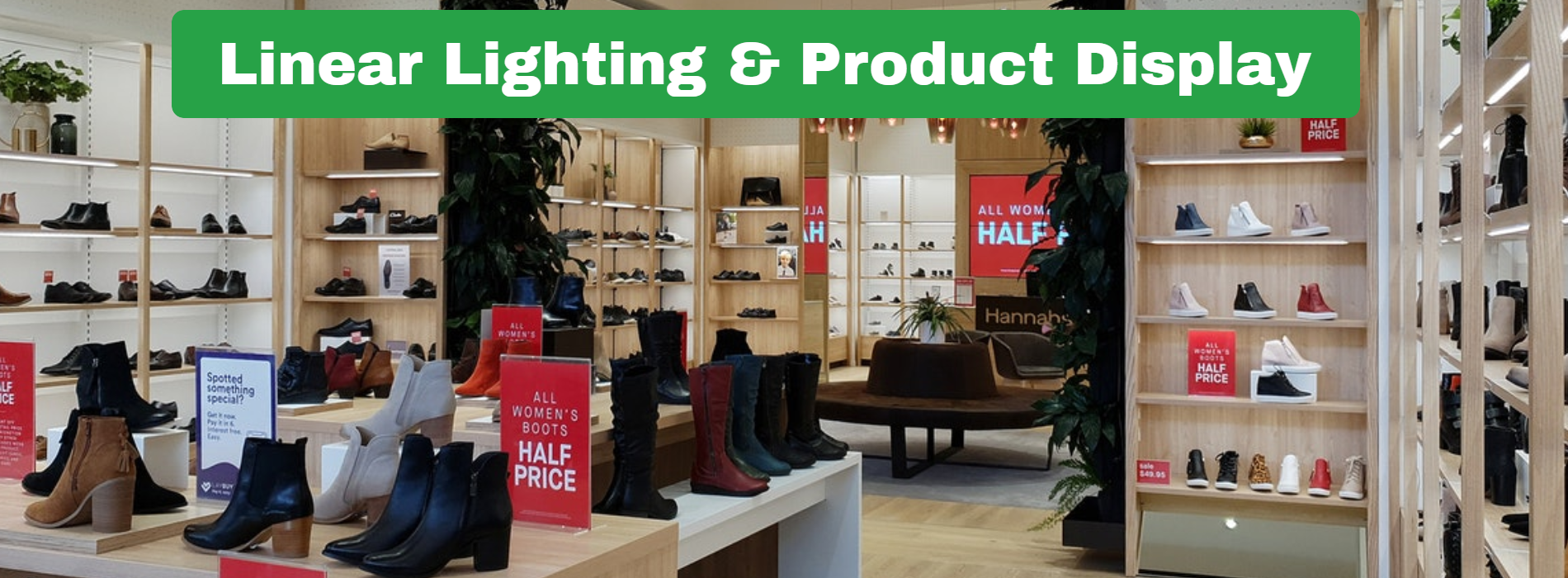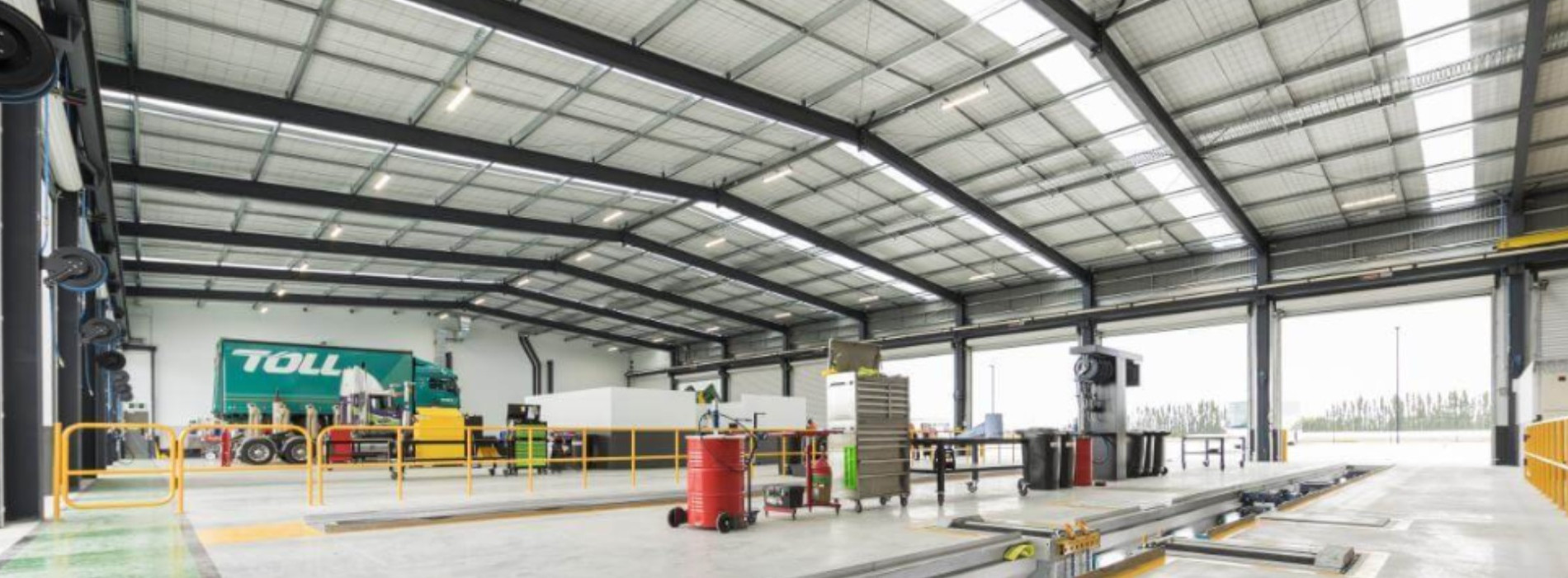Lighting Performance Considerations
Lighting is a service which allows us to be productive in our built environments, and it is important that the light has the correct properties to support our day-to-day activities. Requirements vary depending on the environment and the specific tasks being undertaken. The most effective and efficient lighting solution is one that delivers the right amount of the right type of light at the right time and in the right place.
THE RIGHT AMOUNT: the quantity of illuminance required to effectively and safely complete a given task. The guiding standard is the AS/NZS 1680 series, specifically the sub-sections of Part 2 which specify the minimum illuminance requirements for interior and workplace environments and the tasks undertaken in those environments.
THE RIGHT TYPE: the light properties to suit the given task, such as appearance and colour properties. Again, the sub-sections of Part 2 of AS/NZS 1680 provide guidance on these requirements across the spectrum of normal tasks/environments.
THE RIGHT TIME: lighting requirements are rarely static, so some control will be required over the amount and/or type of light to suit varying needs at different times. This might simply be a matter of being able to switch lighting on and off depending on whether a space is occupied or vacant. At the most complex, this can extend to varying not only the quantity of illuminance (i.e. dimming) but also other factors like the colour properties. Guidance on these considerations is typically found in energy efficiency guidelines or rating frameworks such as GreenStar.
THE RIGHT PLACE: these requirements are specific to definable task areas, but also acknowledges that there are requirements for non-task areas which support good visual comfort and general well-being. Wall and ceiling illumination can be as important for some tasks as the illumination of the task area itself. Implicit in the concept of a ‘right place’ for light is the understanding that there is also a ‘wrong place’ for light as well – this could be in the form of light pollution (unwanted spill of light into the night sky or beyond property boundaries) or glare (obtrusive light being emitted in directions where it causes discomfort or impairs vision).
Best-practice design requires careful consideration of all of these factors and compliance with established standards, where applicable. A summary of some key standards and guidelines is provided in the following section and should provide a useful base for reference.
Standards + Guidelines
While there are several standards relating to lighting and luminaires, the key standards and design guidelines referred to most commonly are summarised below.
AS/NZS 1680 SERIES - INTERIOR & WORKPLACE LIGHTING
The main reference point relating to interior lighting is the AS/NZS 1680 series. This comprehensive set of standards establishes technical procedures and considerations for lighting design and system maintenance, as well as presenting specific recommendations for lighting performance for a wide range of interior environments:
- Safe movement (Part 0)
- Circulation spaces and other general areas (Part 2.1)
- Office and screen-based tasks (Part 2.2)
- Educational and training facilities (Part 2.3)
- Industrial tasks and processes (Part 2.4)
- Hospital and medical tasks (Part 2.5)
Additional details about this series can be found here.
AS/NZS 1158 SERIES - LIGHTING FOR ROADS & PUBLIC SPACES
The AS/NZS 1158 series of standards covers the lighting performance, luminaire and design requirements for most exterior environments, including vehicle-only infrastructure, mixed vehicle and pedestrian spaces and public-use areas (outdoor carparks, parks and reserves etc.). Specifically, the standards make recommendations for the following exterior environments:
- Vehicular traffic; Category V (Part 1)
- Pedestrian traffic; Category P (Part 3)
- Pedestrian crossings (Part 4)
- Tunnels and underpasses (Part 5)
THE GREENSTAR TOOL
The Green Star tool administered by the New Zealand Green Building Council provides targets for best-practice lighting outcomes and awards credits where benchmarks are achieved. These fall under the ‘Indoor Environment Quality’ and ‘Energy’ categories of the Green Star assessment framework, and relate to specific targets for:
- IEQ11 Electric Lighting Levels - provides target lighting design benchmarks to be achieved
- IEQ-12 Electronic Ballasts - provides some strict requirements on the types of power supply/control components used (with the intention of minimising flicker and ‘hum’ of conventional lighting).
- ENE-4 Lighting - goes hand-in-hand with IEQ11 and focuses on the efficiency of the lighting while still maintaining appropriate lighting performance/service levels.
- ENE-5 Lighting Control - gives increasing levels of credit to lighting control arrangements or systems that can deliver increasing levels of efficiency.
LUMINAIRE CONSIDERATIONS
The following sections outline the basis for performance measures and specifications for lighting, that allow meaningful comparison between products.
Performance & Longevity
- Luminaire flux: a measure of how much light a luminaire produces.
- Luminaire power: the measure of how much power is consumed by the luminaire when it is operating.
- Luminaire efficacy: the measure of how effective the luminaire is in converting electrical power into useable light.
- Light distribution: describes the shape/pattern of the light emitted by the luminaire.
- Colour specifications: a combination of factors which describe the appearance of the light (colour temperature), the ability of the light to show colours (colour rendering) and how consistent the colour is from luminaire to luminaire (colour tolerance).
- Lumen maintenance: the rate at which luminous flux reduces over time, and it is expressed in terms of the proportion of flux remaining after a specific period of operation.
Construction
- Materials: materials used in a luminaire’s construction will determine how it will react to certain agents within its environment (i.e. when exposed to UV, chemicals, gasses, marine air etc.). See our Guide to Chemical Resistance Properties here.
- Ingress protection: this rating classifies the degree of protection the luminaire has against both solids and liquids trying to enter the enclosure.
- Impact protection: this rating classifies the degree of protection the luminaire has against impact from external objects.
ECONOMIC CONSIDERATIONS
For any large commercial or public facility anywhere in New Zealand, a considerable amount of resource is invested every year in operating and maintaining facilities. Depending on the nature of the facility, the costs of operating and maintaining the lighting can be a significant portion of the total costs of operating the facility. To get maximum value from any building asset, the whole life cycle cost from initial capital investment right through to the end of an asset’s service life must be considered.
It is therefore recommended that a total-cost-of-ownership approach is taken to assessing lighting solutions, whether it be in a new-build, refurbishment or retrofit context. Considering that the costs of operating a lighting system (electricity costs and maintenance costs) normally outweigh the purchase cost by a considerable margin, it follows that the best purchasing decisions are normally not the cheapest (up-front) options. For further details on developing a business case for investment in LED lighting, check out our Lighting Investment Model information. Ecopoint can work with you to develop a lighting investment model tailored to your business.
LIGHTING TERMINOLOGY
See a full glossary of Lighting Terminology terms, for reference.


